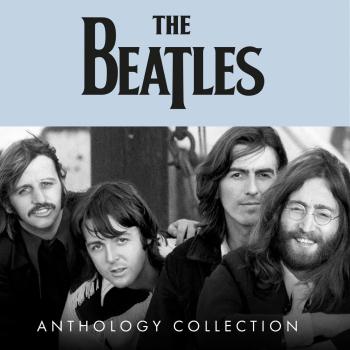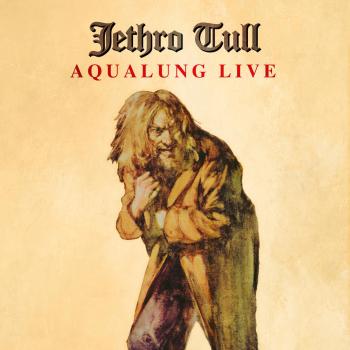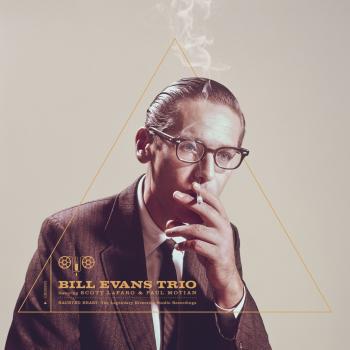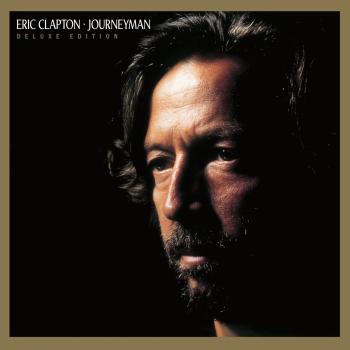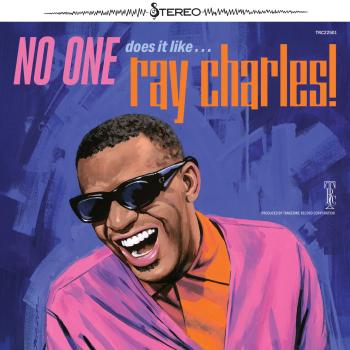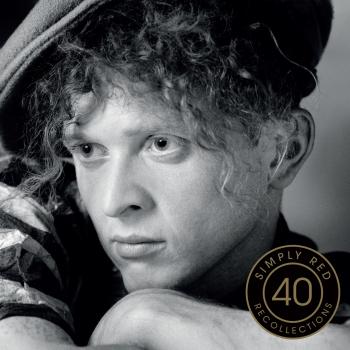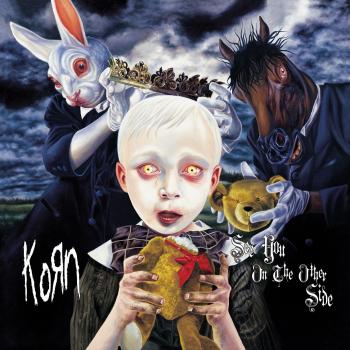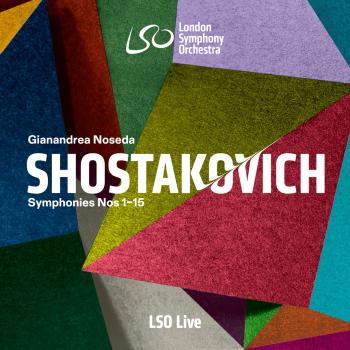
Mode For Joe (Remastered) Joe Henderson
Album info
Album-Release:
1966
HRA-Release:
04.01.2014
Label: Blue Note (BLU)
Genre: Jazz
Subgenre: Hard Bop
Artist: Joe Henderson
Composer: Cedar Walton, Lee Morgan, Joe Henderson
Album including Album cover Booklet (PDF)
I`m sorry!
Dear HIGHRESAUDIO Visitor,
due to territorial constraints and also different releases dates in each country you currently can`t purchase this album. We are updating our release dates twice a week. So, please feel free to check from time-to-time, if the album is available for your country.
We suggest, that you bookmark the album and use our Short List function.
Thank you for your understanding and patience.
Yours sincerely, HIGHRESAUDIO
- 1 A Shade Of Jade 07:08
- 2 Mode For Joe 08:03
- 3 Black 06:53
- 4 Caribbean Fire Dance 06:42
- 5 Granted 07:22
- 6 Free Wheelin' 06:41
Info for Mode For Joe (Remastered)
Mode For Joe is the last of Joe Henderson's five Blue Note albums; all are uniformly excellent. Originally recorded in 1966, when Henderson was a member of the Horace Silver Quintet.
For this recording, Henderson was joined by a group of young musicians, all with talent to burn. Featuring Henderson on tenor saxophone, the rest of the group included Lee Morgan on trumpet, Curtis Fuller on trombone, Bobby Hutcherson on vibes, Cedar Walton on piano, Ron Carter on bass, and Joe Chambers on drums. These superb musicians complimented each other's playing, inspiring passionate, furious, and remarkably inventive solos.
The songs on Mode For Joe are all original compositions by Henderson, Walton, and Morgan. For me, the summation of Henderson's Blue Note years is Walton's title song, 'Mode For Joe.' From the opening note, Henderson demanded the listener's attention, obviously profoundly inspired by Walton's lyrical number. His solo was a model of 60s modal, semi-free playing. Next up was Hutcherson for a scorching vibes solo followed by a trombone statement so flawlessly articulated it demonstrates why Fuller was considered the heir apparent to the great J.J. Johnson. Carter, Walton, and Morgan all played perfectly, concise and taut.
„Good music is for all time, never going out of fashion. Mode For Joe is vintage Henderson, recorded during one of his most creative periods in his long, wonderful career. All his Blue Note music is essential, but with remastered sound, Mode For Joe is a must buy, guaranteed to bring you endless listening pleasure.“ (Ron Saranich)
Joe Henderson, tenor saxophone
Lee Morgan, trumpet
Curtis Fuller, trombone
Bobby Hutcherson, vibraphone
Cedar Walton, piano
Ron Carter, upright bass
Joe Chambers, drums
Recorded at the Van Gelder Studio, Englewood Cliffs, New Jersey on January 27, 1966.
Mastered by Bernie Grundman
Joe Henderson
is proof that jazz can sell without watering down the music; it just takes creative marketing. Although his sound and style were virtually unchanged from the mid-'60s, Joe Henderson's signing with Verve in 1992 was treated as a major news event by the label (even though he had already recorded many memorable sessions for other companies). His Verve recordings had easy-to-market themes (tributes to Billy Strayhorn, Miles Davis, and Antonio Carlos Jobim) and, as a result, he became a national celebrity and a constant poll winner while still sounding the same as when he was in obscurity in the 1970s.
The general feeling is that it couldn't have happened to a more deserving jazz musician. After studying at Kentucky State College and Wayne State University, Joe Henderson played locally in Detroit before spending time in the military (1960-1962). He played briefly with Jack McDuff and then gained recognition for his work with Kenny Dorham (1962-1963), a veteran bop trumpeter who championed him and helped Henderson get signed to Blue Note. Henderson appeared on many Blue Note sessions both as a leader and as a sideman, spent 1964-1966 with Horace Silver's Quintet, and during 1969-1970 was in Herbie Hancock's band. From the start, he had a very distinctive sound and style which, although influenced a bit by both Sonny Rollins and John Coltrane, also contained a lot of brand new phrases and ideas. Henderson had long been able to improvise in both inside and outside settings, from hard bop to freeform. In the 1970s, he recorded frequently for Milestone and lived in San Francisco, but was somewhat taken for granted. The second half of the 1980s found him continuing his freelancing and teaching while recording for Blue Note, but it was when he hooked up with Verve that he suddenly became famous. Virtually all of his recordings are currently in print on CD, including a massive collection of his neglected (but generally rewarding) Milestone dates. On June 30, 2001, Joe Henderson passed away due to heart failure after a long battle with emphysema. (Source: Blue Note Records, Scott Yanow)
Booklet for Mode For Joe (Remastered)

